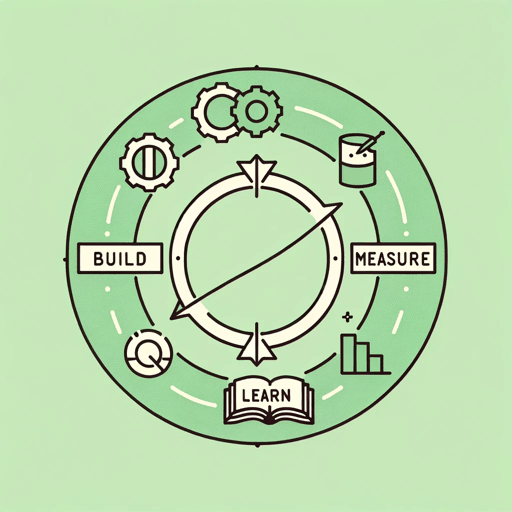57 pages • 1 hour read
Eric RiesThe Lean Startup: How Today's Entrepreneurs Use Continuous Innovation to Create Radically Successful Businesses
Nonfiction | Book | Adult | Published in 2011A modern alternative to SparkNotes and CliffsNotes, SuperSummary offers high-quality Study Guides with detailed chapter summaries and analysis of major themes, characters, and more.
Part 3-EpilogueChapter Summaries & Analyses
Part 3: “Accelerate”
Part 3, Introduction Summary
Part 3 begins by repeating the essential questions that a startup must ask when practicing lean manufacturing: What activities create value and what activities create waste? Part 3 tells readers how to develop techniques in product development that “maintain agility, learning orientation, and a culture of innovation even as they scale” (182).
Part 3, Chapter 9 Summary: “Batch”
Chapter 9 advocates for the use of small batches in production. For example, the book Lean Thinking by James Womack and Daniel Hones discusses the authors putting newsletters into envelopes with their children. The children wanted to complete the envelopes step-by-step: fold the envelopes, attach the seal, and put on the stamps. But the adults wanted to create each envelope separately and individually until completion. Counterintuitively, this small-batch method, called “single-piece flow, worked better because of the power of lean manufacturing (184). Single-piece flow can identify issues early in the production process, like if the envelopes and the letters were different sizes and thus didn’t fit. Single-piece flow also accounts for the extra time required to organize the products, such as sorting the envelopes, and removes this process by completing each task individually.
Single-piece flow is an essential part of lean manufacturing history.

